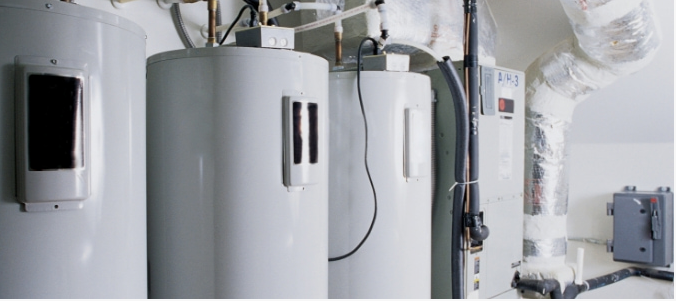Water heating systems are integral to home comfort, yet many homeowners overlook a critical component: the water heater expansion tank. Understanding why your water heater requires an expansion tank can prevent costly water heater repair and extend the lifespan of your system. This article explores the importance of the expansion tank, signs it may be failing, and practical steps for repair or replacement.
Understanding Thermal Expansion in Water Heaters
When water is heated, it expands—a basic scientific principle known as thermal expansion. In a closed plumbing system, this expansion increases pressure inside the pipes and water heater. Without a mechanism to absorb this extra pressure, you risk damage to your water heater and plumbing fixtures.
The water heater expansion tank serves as a safety buffer. It contains an air bladder that compresses as heated water expands, maintaining balanced pressure within the system. This function reduces stress on the water heater’s tank and valves, minimizing leaks and premature failure.
Why Skipping an Expansion Tank Leads to Water Heater Repair
Homes with closed plumbing systems—common in modern constructions—almost always require an expansion tank. Ignoring this need can result in several water heater malfunctions:
-
Increased Pressure on Tank: Without an expansion tank, the water heater experiences continuous high pressure, causing wear and corrosion.
-
Frequent Activation of Pressure Relief Valve: The pressure relief valve may frequently open to release excess pressure, leading to leaks or water damage.
-
Shortened Appliance Lifespan: Continuous stress weakens the internal components, escalating repair costs and the need for replacement.
Therefore, recognizing the role of the water heater expansion tank can save homeowners from unnecessary water heater repair bills and inconvenience.
Signs Your Water Heater Expansion Tank Needs Attention
Detecting problems with your water heater expansion tank early can prevent major plumbing issues. Some warning signs include:
-
Water Leaks Around the Tank: Moisture or pooling water near the expansion tank often indicates a rupture or failure.
-
Fluctuating Water Pressure: Sudden spikes or drops in water pressure during heating cycles suggest the expansion tank isn’t regulating pressure effectively.
-
Noise from the Tank or Pipes: Unusual banging or knocking sounds can occur when pressure surges due to a malfunctioning expansion tank.
-
Warm or Hot Tank Surface: A normally cool expansion tank becoming excessively hot is a sign of internal damage or failure.
If you observe any of these symptoms, it’s time to evaluate the tank and possibly initiate water heater repair or replacement of the expansion tank.
How to Fix Water Heater Expansion Tank Problems
Inspecting the Expansion Tank
Start with a thorough inspection. Locate the expansion tank, usually installed near the water heater’s cold water supply line. Check for visible corrosion, leaks, or physical damage. Gently press on the tank’s surface; it should feel firm yet slightly flexible if the air bladder inside is intact.
Checking Air Pressure in the Expansion Tank
Use a tire pressure gauge on the tank’s air valve to measure the pre-charge pressure, which should align with your home’s water pressure (commonly around 40-60 psi). If pressure is low or absent, use a hand pump to recharge the air bladder.
Draining and Recharging the Tank
Sometimes, draining the tank can resolve sediment buildup affecting performance. Turn off water and power supply to the water heater, drain the expansion tank, and then recharge it with air before reconnecting.
Replacing the Expansion Tank
If inspection reveals leaks, ruptures, or persistent pressure issues, replacement is necessary. Choose an expansion tank with the correct size and pressure rating for your water heater system. Installation involves:
-
Shutting off water and power.
-
Draining the system partially.
-
Disconnecting the old tank.
-
Installing the new expansion tank on the cold water line.
-
Recharging air pressure and restoring water supply.
Professional water heater repair technicians can perform this safely and efficiently.
Maintaining Your Water Heater and Expansion Tank
Routine maintenance prolongs your water heater’s life and prevents unexpected failures. Schedule annual inspections of your water heater expansion tank and the overall system. Regularly test the pressure relief valve and check for signs of corrosion or leaks.
Additionally, flush your water heater periodically to remove sediment, improving efficiency and reducing strain on all components, including the expansion tank.
Final Thoughts on Expansion Tanks and Water Heater Repair
Properly functioning water heater expansion tank are crucial for maintaining balanced pressure and avoiding premature system failure. Ignoring this component can lead to frequent water heater repair needs and costly replacements. By understanding the importance of thermal expansion, recognizing early warning signs, and performing timely fixes or replacements, you ensure the longevity and efficiency of your water heating system.









